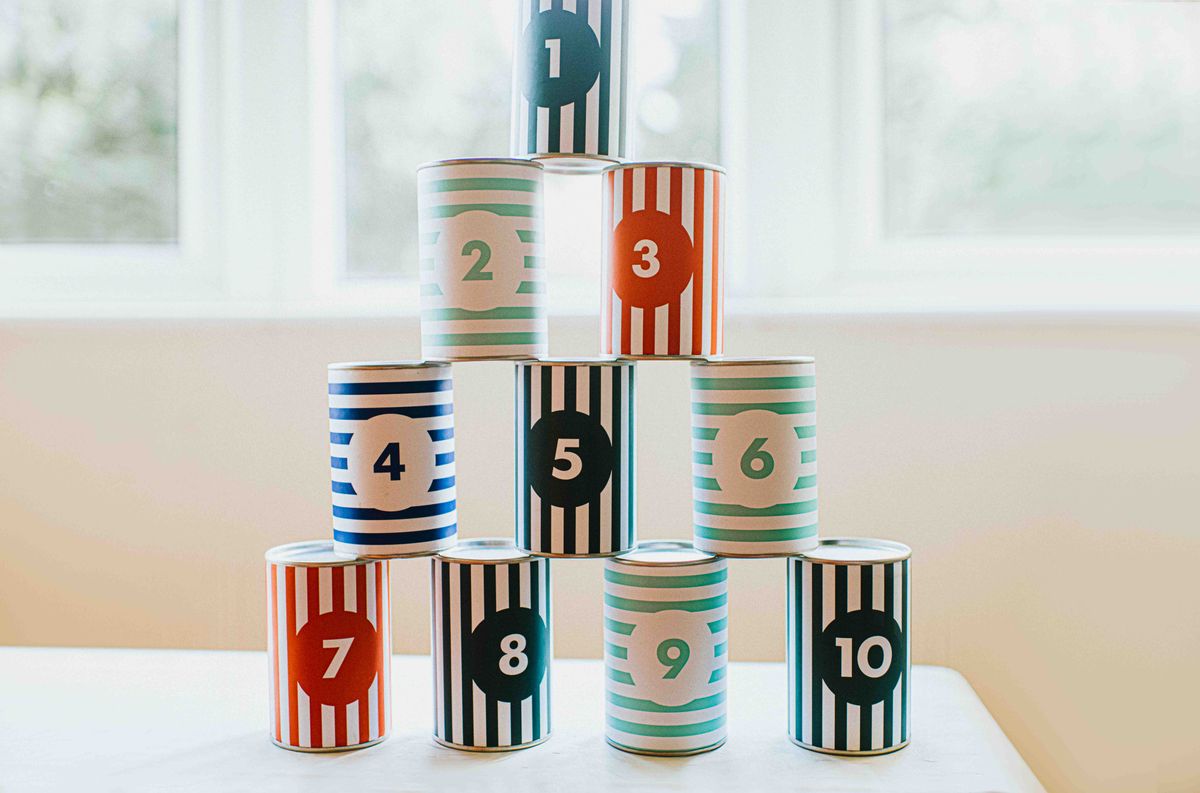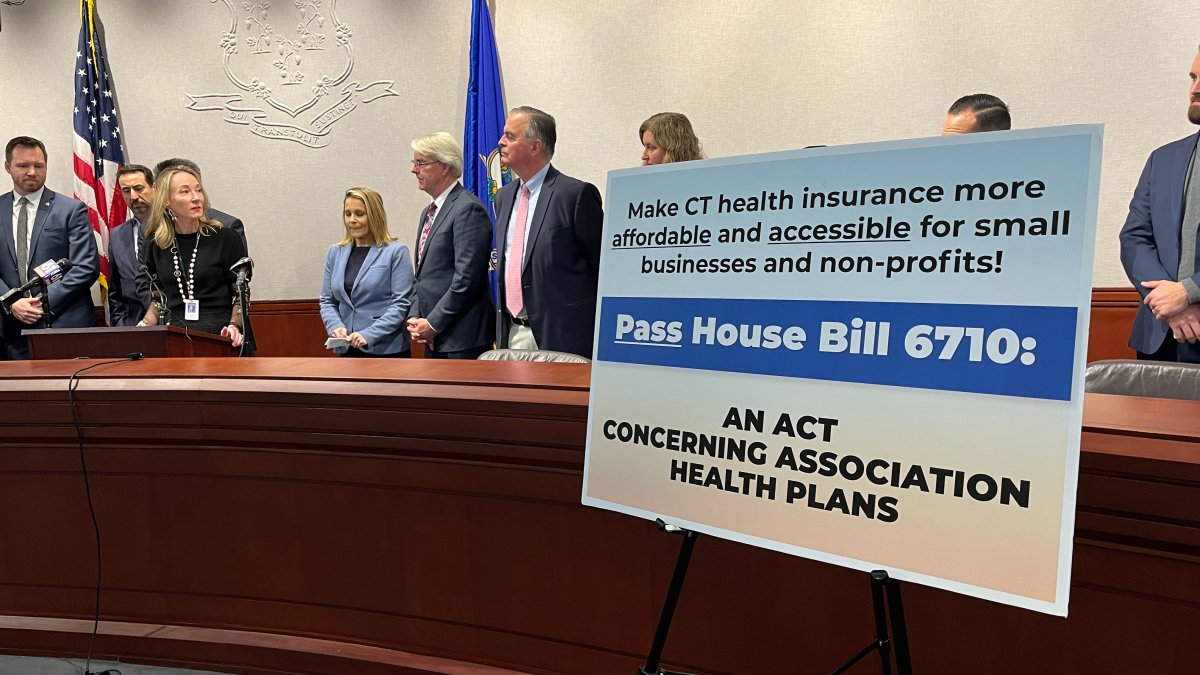Here’s how certain bank deposits are backed by the government
Is your money safe in your bank account? That’s the question many Americans might be asking following the collapse of Silicon Valley Bank.
The simple answer, for most of us, is yes.
The Federal Deposit Insurance Corp.’s (FDIC) standard insurance covers up to $250,000 per depositor, per bank, for every account ownership category for deposit accounts like savings, checking, and certificates of deposit (CDs).
What spooked many customers of Silicon Valley Bank — until the government ensured this weekend that all depositors would be paid back — is that their deposits far exceeded that insurance amount. Fortunately, that’s largely not the case for everyday Americans.
“The vast majority of American households have bank deposits that are well below the $250,000 limit for FDIC insurance, which guarantees these households that their money is safe,” Mark Zandi, chief economist at Moody’s Analytics, told Yahoo Finance.
“These deposits are fully backed by the U.S. government. This is very different from nearly all SVB depositors, who are mostly tech companies that had deposits of over $250,000 and were thus not insured by the FDIC. But even these depositors will not lose their deposits as the U.S. government has stepped up and insured these deposits as well,” he added. “Households have no reason to be nervous about getting their money out of their bank when they want it.”
Here’s what to know about FDIC insurance.
What’s insured by FDIC
To insure bank deposits, Congress established the FDIC, an independent federal agency under the Banking Act of 1933 to restore trust in the American banking system after more than a third of U.S. banks failed after the Great Crash of 1929.
The FDIC is funded by premiums that banks and savings associations pay for deposit insurance coverage. It does not receive any Congressional appropriations.
The deposit accounts that the FDIC insures include checking accounts, savings accounts (both statement and passbook), money market deposit accounts (MMDAs), CDs, negotiable order of withdrawal (NOW) accounts, and cashier’s checks, money orders, or other official items issued by an insured bank.
The agency’s insurance is broken down by ownership categories — each insured independently.
There are eight account ownership categories: single accounts, joint accounts, certain retirement accounts which include IRAs, revocable trust accounts and irrevocable trust accounts, corporate or business partnership accounts, employee benefit plan accounts and government accounts.
Let’s look at how it might work for you.
If you had $150,000 in a savings account, $50,000 in a checking account, and $100,000 in a CD at Bank A, the total $300,000 you have deposited would not be completely insured — $250,000 would be insured and $50,000 would not be covered. That’s because of the per FDIC-insured bank stipulation in the “per depositor, per FDIC-insured bank, for every account ownership category” parameters.
But if you moved the $100,000 in CDs to Bank B, then the $200,000 at Bank A and $100,000 at Bank B would be totally covered by FDIC insurance.
Alternatively, if the CD holding the $100,000 is a joint account at Bank A, then the full $300,000 across the savings, checking, and CDs at Bank A would be covered. That’s because the coverage limit for joint accounts is $250,000 per co-owner and satisfies the “for every account ownership” criteria.
If you are uncertain whether your money is federally insured, use this FDIC tool — Electronic Deposit Insurance Estimator — which helps consumers figure out on a per-bank basis how much of their money, if any, exceeds coverage limits.
What’s not covered by FDIC insurance
Investments — including mutual funds, stocks, bonds, annuities, and crypto assets — are not considered deposits. While banks do sell non-deposit items, such as mutual funds and annuities, they are supposed to disclose that they are not insured since they are not deposit accounts, regardless of the amount invested.
Other non-covered assets held at a bank include life insurance policies, contents of a safe deposit box, and municipal securities.
U.S. Treasury bills, bonds, and notes also aren’t covered by FDIC insurance, but they are backed by the full faith and credit of the federal government.
What other insurance is available?
Federally-insured credit unions are also safe because the deposits are insured by the National Credit Union Insurance Fund (NCUSIF). The National Credit Union Administration (NCUA), an agency of the U.S. government, administers that insurance, which provides up to $250,000 of coverage per depositor, per institution.
Some credit unions have added excess insurance to insure deposit accounts above the limit. Check with your credit union to find out how much of your funds are insured. For a list of federally insured credit unions, go to NCUA.org.
The Securities Investor Protection Corp. (SIPC) — a nonprofit corporation created by Congress — protects investors against the loss of their cash and securities, such as stocks and bonds held by a SIPC-member brokerage firm. But there’s a protection limit of $500,000, which includes a $250,000 limit for cash.
A caution from SIPC: “SIPC does not protect against the decline in value of your securities. SIPC does not protect individuals who are sold worthless stocks and other securities. SIPC does not protect against losses due to a broker’s bad investment advice, or for recommending inappropriate investments.
It is important to recognize that SIPC protection is not the same as protection for your cash at a Federal Deposit Insurance Corporation (FDIC) insured banking institution because SIPC does not protect the value of any security. Investments in the stock market are subject to fluctuations in market value. SIPC was not created to protect these risks.”
Small business considerations
Under FDIC rules, all deposits owned by a corporation, partnership, or unincorporated entity (including a for-profit or a not-for-profit organization) at the same bank are added together and insured up to $250,000, separately from the personal accounts of the owners or members.
For small business owners, there are ways to make sure your deposits are insured for a greater sum.
The simplest way is to open another account at another bank that is also an FDIC member bank and you’ll be covered by another $250,000. You might also consider opening an account with a joint owner to increase the amount insured.
If your accounts are covered under the IntraFi Network Deposits program, you’re eligible for FDIC insurance on millions of dollars worth of coverage through a network of multiple financial institutions without having to open accounts at a slew of banks. Instead, you can keep all your money at one bank as long as that bank is part of the network.
A cash management account (CMA) that usually comes with check writing, a debit card, and earns interest that’s opened at a brokerage is another way to hold deposits with higher levels of insurance for small business operators. A nonbank financial service provider offers CMAs and can often insure more than $250,000 by dividing your funds into smaller amounts and placing them in deposit accounts at other IntraFi Network Deposits bank members.
A MaxSafe account ramps up FDIC insurance coverage by providing protection for balances of $250,000, up to $3.75 million total per person. Wintrust, the financial holding company that offers MaxSafe accounts, provides the extra insurance by spreading out deposits across 15 community bank charters. MaxSafe accounts include CDs, money market accounts, and IRAs.
One thing to remember: Bank failures are rare. Before the Silicon Valley Bank failure, the last bank to fail was in October 2020. Since 2001, there have been 562 bank failures, the majority occurring from 2007-2009 during the recession. There are around 4,700 FDIC-insured banks as of December 2022.
Kerry is a Senior Reporter and Columnist at Yahoo Finance. Follow her on Twitter @kerryhannon.
Read the latest financial and business news from Yahoo Finance.






:quality(70)/d1hfln2sfez66z.cloudfront.net/02-02-2023/t_832fc9813d3741189856dfd7da126358_name_Car_Insurance_Increase_transfer_frame_627.jpeg)
